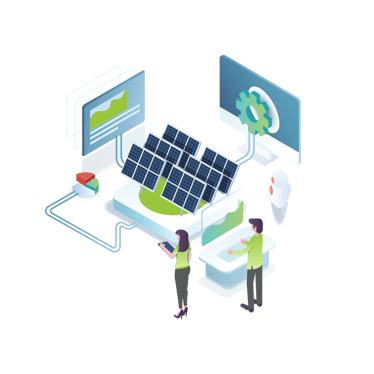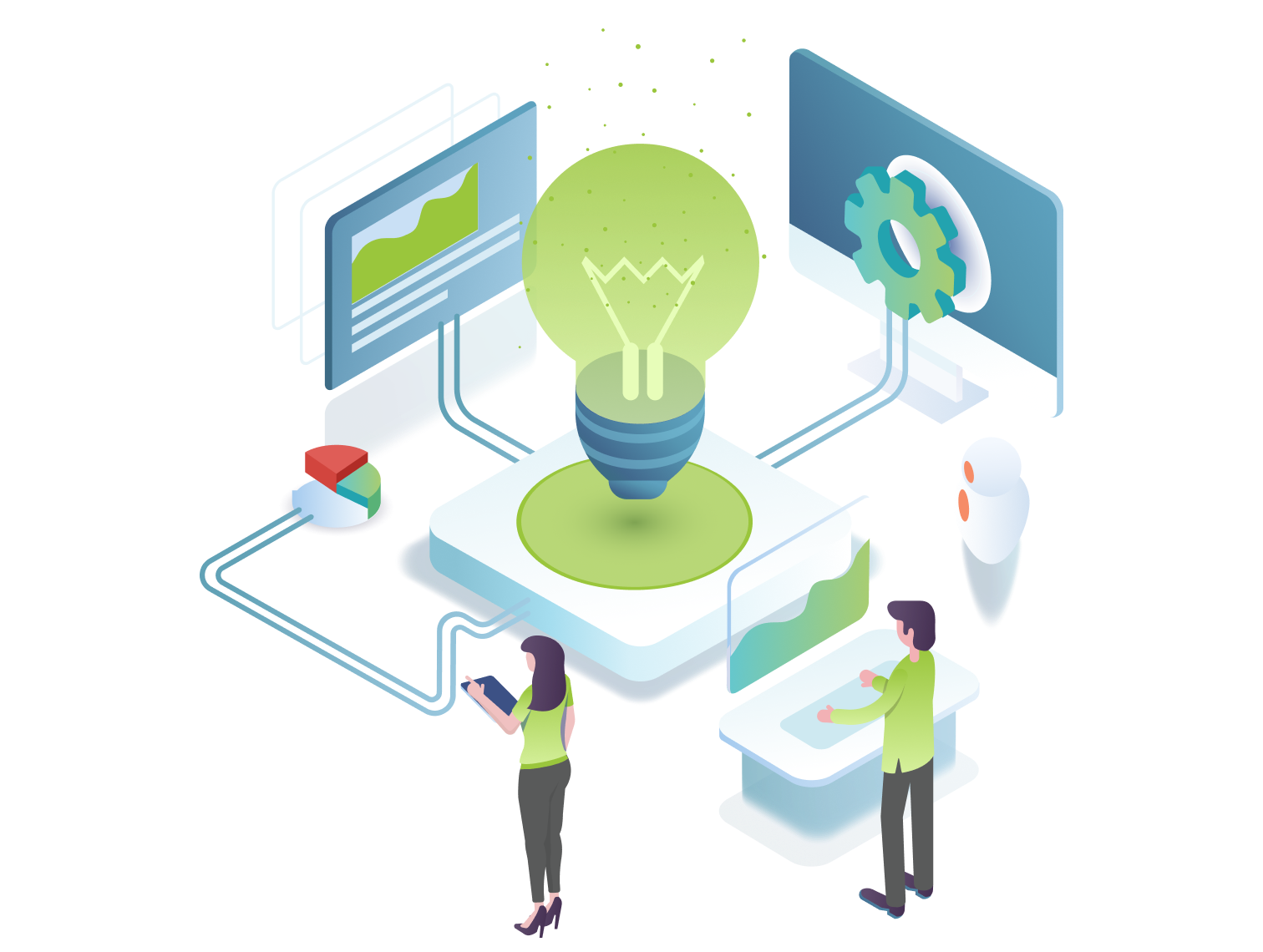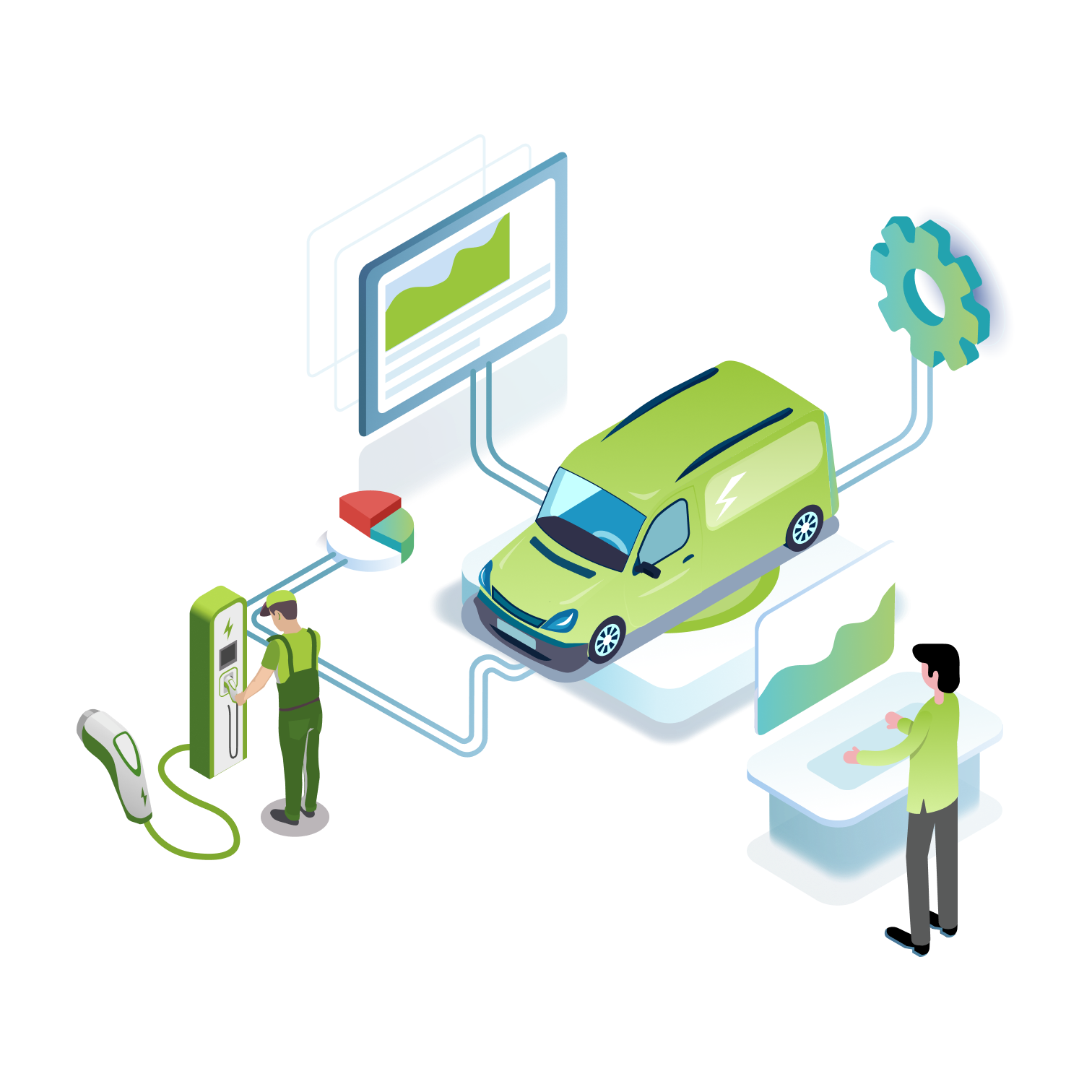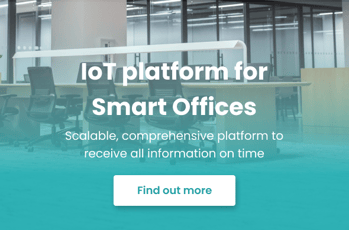Emerging technology trends for smart buildings in 2023

- IOT
- SMART BUILDING
- ENERGY MANAGEMENT
- SMART CITIES
The last three years have created a challenge-full period for property owners, think about COVID-19, when many of use were forced to change our working environment to our homes or the recent energy crisis that still seems to form our daily lives in 2023. Hybrid office solution became a usual phrase in a fraction of the time, resulting in rapid innovation for the technology segment. 2023 seems to be a remarkable year for digital transformation on the property market.
We call a building intelligent when it uses automated processes to control operations, including heating, ventilation, air conditioning, lighting, security and other systems. It helps facility managers and building owners improve asset reliability and minimize the facility's environmental impact. There is a higher emphasis on efficient energy consumption in 2023, as the average electricity price has become five times more expensive, from historical averages of EUR 50-EUR60/MWh to EUR 300/MWh in most western European countries compared to 2021.
|
|
Emerging trends for intelligent buildings
|
|
Real-time energy monitoring and forecast
Increased gas and electricity prices force us to have heightened attention to the energy we consume daily. Energy management system (EMS) allows property managers to track, monitor and forecast energy consumption of daily electricity use or follow and predict the production level if a solar system is installed. It is an IoT-based solution that allows you to monitor the past, the current and, with the help of built-in mathematical calculations, predict future energy consumption. EMS systems provide detailed analytics on the dashboard view that helps decision-makers make better energy usage choices. EMS is developed to help facility owners reduce operational costs and optimize consumption.
Occupancy-based HVAC Control
Outdated or inefficiently operating HVAC systems are the main reasons for overconsuming energy. Facility owners can optimize the run of buildings by automating HVAC based on occupancy to reduce consumption and save money, rather than using pre-set configurations for general scenarios. With implemented sensors, property managers can set automation and rules with an IoT platform to increase the efficiency of the HVAC system. With custom automation, the IoT platform significantly reduces operating expenditures, improves operation quality, and promotes an organization's self-managed IoT ecosystem.
Connectivity and smart devices
Property management is an energy consuming segment, installing smart devices help facility managers to detect underperforming tools and areas in the lightning, heating or cooling systems. Grape IoT platform enables companies to monitor, control, diagnose and troubleshoot any kind of IoT devices in the system. Devices can be added into device groups to create custom rules for all by one click. Higher connectivity helps facilities reduce utilities and resource management costs. The software geographically locates them and tracks the activity of each connected IoT device and enables facility managers to access and manage installed sensors remotely.
Renewable energy
Buildings take 40% of society's energy demand and play a central role in the transition to sustainable energy. By making buildings' energy systems green, we gain further energy savings, increased flexibility, and immense efficiency in energy management. One of the most common practices is installing solar panels outside the property to cover the energy needed for daily operations (i.e., worker entrance, parking garage), surveillance, lighting, heating and cooling. Grape's Meteo software is a comprehensive platform to forecast the production of solar PV systems, where the user can predict the energy production, scheduling, and remeasurement of the installed solar panels, giving a realistic picture of the future operational efficiency of the system.
Share this post on social media:
Posts by Tag
- IoT (17)
- Smart cities (16)
- E-mobility (14)
- Energy Management (10)
- Mobility (9)
- Software development (9)
- Marketing automation (6)
- RPA (6)
- Robotic Process Automation (6)
- electric vehicles (6)
- Internet of Things (5)
- IoT solution (5)
- Marketing software (5)
- Smart Building (5)
- Business Intelligence (4)
- Custom applications (4)
- IoT platform (4)
- Uipath (4)
- electric charging (4)
- IoT devices (3)
- Properties (3)
- AI (2)
- BI (2)
- Montu (2)
- Multi-device functionality (2)
- Omnichannel (2)
- RPA Budapest (2)
- Smart city (2)
- UX design (2)
- app development (2)
- artificial intelligence (2)
- crm (2)
- crm software (2)
- electric charging station (2)
- machine learning (2)
- marketing campaign (2)
- optima (2)
- API Testing (1)
- Agriculture (1)
- Automated Testing (1)
- BYOD (1)
- EV (1)
- Energy Communities (1)
- Event insights (1)
- Event report (1)
- Green IoT (1)
- HR (1)
- IT Outsourcing (1)
- ML (1)
- Power BI (1)
- Resource Management (1)
- Smart Home (1)
- Smart Office (1)
- TaaS (1)
- UX/UI Design (1)
- Xamarin (1)
- cloud (1)
- cloud computing (1)
- cross-selling (1)
- data driven marketing (1)
- digital twin (1)
- dynamic customer segmentation (1)
- esg (1)
- inbound marketing (1)
- industry 4.0 (1)
- onprem (1)
- onpremise (1)
- scalability (1)
- software robot (1)
- testing as a service (1)
- upselling (1)
Recent Posts
Read On

- IOT
- INTERNET OF THINGS
- ENERGY MANAGEMENT
- SMART CITIES
What is an energy management software, and how can you benefit from it?
Energy prices are rising daily as the demand for energy for residential, commercial or business use increases. According to Enerdata, a 4% increase in European electricity consumption has occurred since 2020. To reduce operational costs and facilitate energy-efficient consumption, IoT-based energy...

- E-MOBILITY
- ENERGY MANAGEMENT
- SMART CITIES
Crucial e-mobility opportunities during the energy crisis
Unsurprisingly, every market segment is concerned about the current energy crisis, but similar to past situations, it also ensures new aspects where we can develop how we live and operate businesses. E-mobility is closely involved among those solutions providing a quickly usable answer for the...

- IOT
- IOT PLATFORM
- SMART OFFICE
- SMART BUILDING
- SMART CITIES
Benefits of IoT platform for smart buildings and offices
Sustainability positively affected the commercial real estate sector by enabling IoT developments for facility owners. Intelligent buildings leverage connected technology, IoT devices, automation, and advanced analytics to mitigate various energy waste. IoT ecosystem in buildings provides greater...




